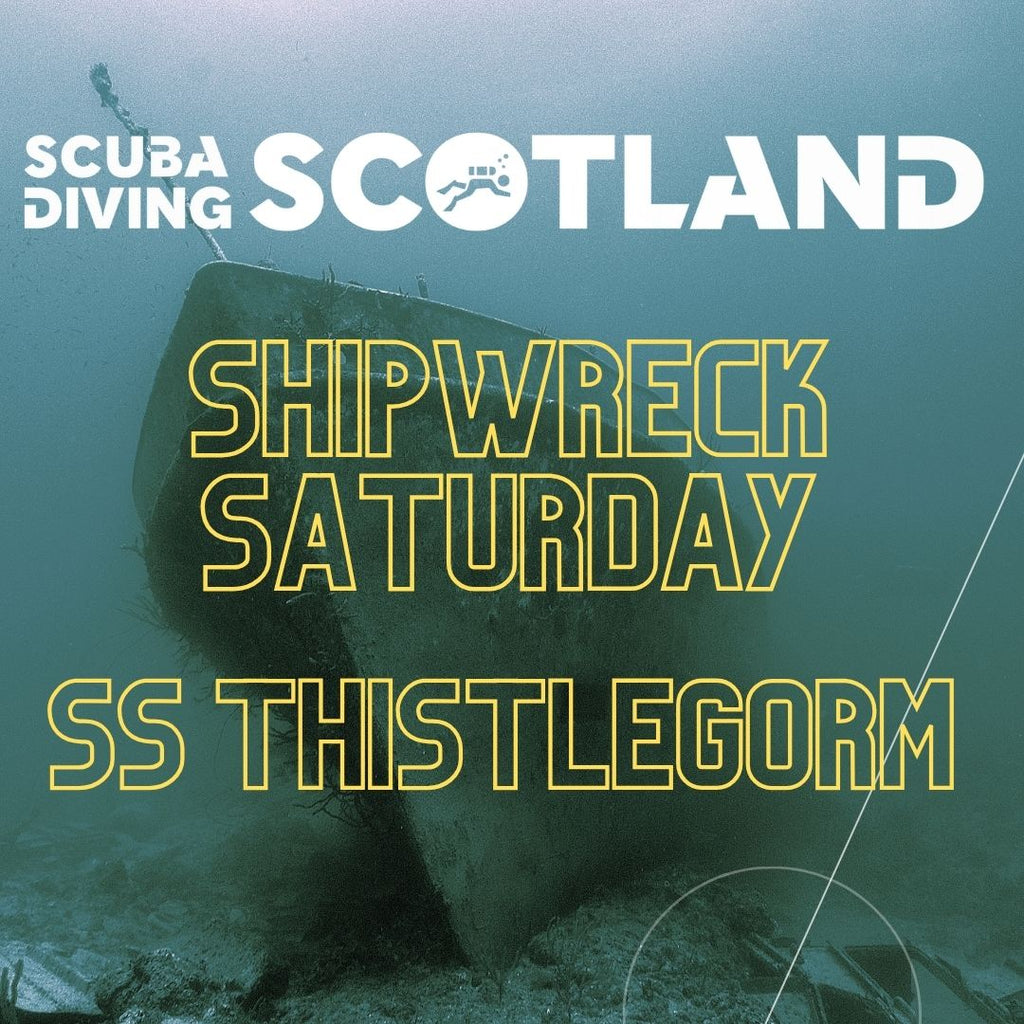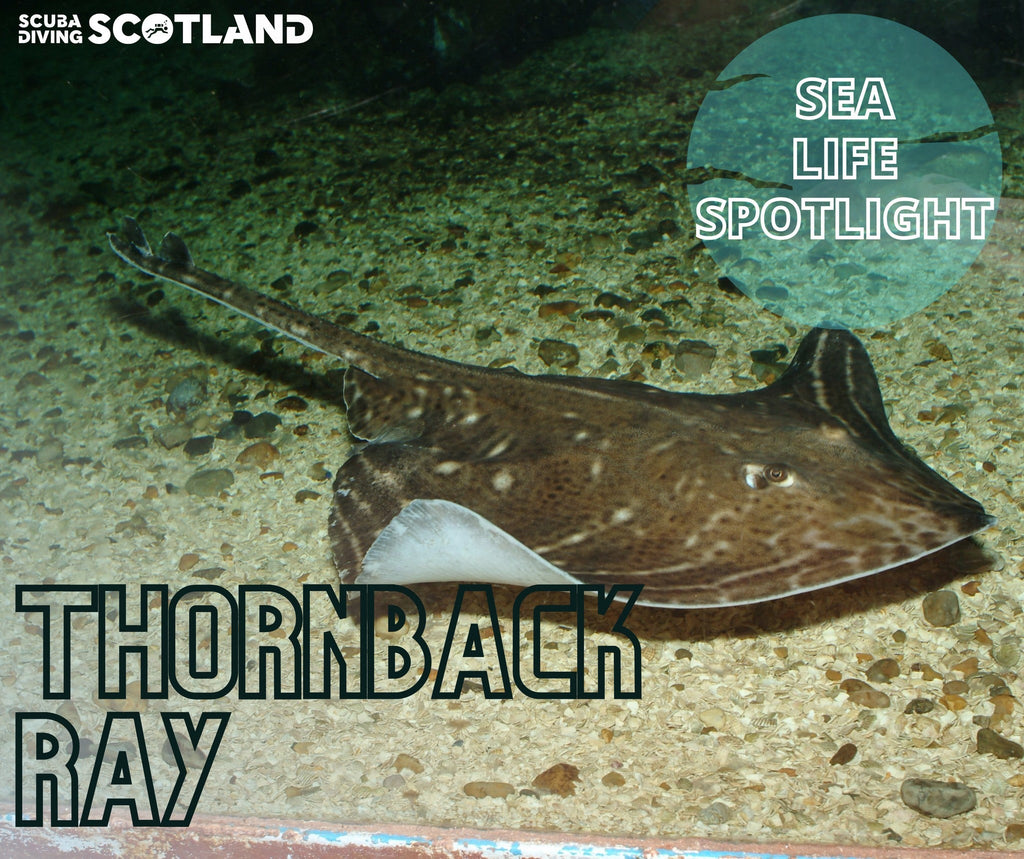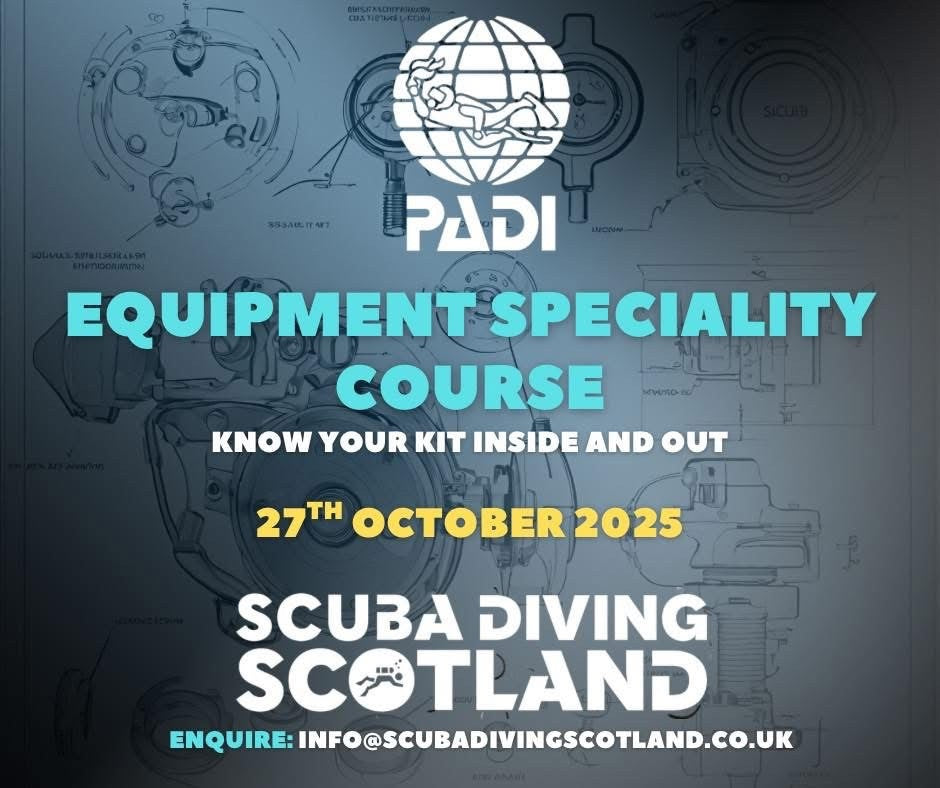News
Shipwreck Saturday - SS Thistlegorm


Shipwreck Saturday - SS Thistlegorm
The legendary SS Thistlegorm is the best known shipwreck in the Red Sea and undoubtedly ranks among the most impressive wreck dives on the planet. In fact, this incredible underwater museum is so iconic and unforgettable, it should feature high on the bucket list of every scuba diver.
This fascinating WWII era ship lies in the Strait of Gubal – a narrow passageway of water connecting the Gulf of Suez and the Red Sea – where it was brought to rest in 1941 following a German air attack. Every SS Thistlegorm dive treats guests to a wartime history lesson, with eerie artefacts including locomotives, tanks, army trucks, jeeps, and motorcycles. A tour of the surrounding seabed reveals a wealth of other interesting items, with military boots, rifles, and spare mechanical parts scattered as far as the eye can see. Penetration is also possible into the Thistlegorm's cargo holds, where the most interesting and photogenic relics are found. You can also pay a visit to the stern to see this ship's towering machine guns and anti-aircraft guns still pointed skyward in preparation for an attack.
The SS Thistlegorm was constructed in 1940 as an armed transport vessel, in Sunderland, United Kingdom. Intended for wartime use, this ship transported military vehicles and supplies to allied forces and was armed with heavy guns for defence.
The Thistlegorm made three voyages to America, Argentina, and Dutch Antilles before its fateful and final voyage in the Egyptian Red Sea. On October 6, 1941, the ship and several other military vessels were discovered by German forces while at anchor in a safe harbour. During the bombing raid that followed, the hull was struck twice, resulting in catastrophic damage, and the Thistlegorm sank rapidly, claiming nine lives.

Lost entirely to the sea, the Thistlegorm laid undisturbed and undiscovered until 1952, when Jacques-Yves Cousteau was able to locate the wreckage based on tips from local fishermen. Then, in 1956, the National Geographic published its first documentary about the wreck, featuring fascinating photography provided by Cousteau's team. For the first time, the Thistlegorm’s cargo holds packed with military machinery, weapons, and transports were revealed to the world.
In the early 1990s, Sharm El Sheikh began growing in popularity, quickly becoming a hotspot for scuba divers. As interest in the wreck grew, local operators began to explore and the Thistlegorm wreck dive was born!
A SS Thistlegorm wreck dive tops most scuba diver's bucket lists, making this one of the only sites in the region that occasionally experiences crowds of divers. It is fair to say it ranks as one of the best wreck dives in the world, and stands alone amongst all the other exceptional wrecks in the Red Sea and Oman - explaining its popularity!
If you want this wreck all to yourself, plan your visit as part of a liveaboard itinerary. This gives you the chance to dive early in the morning before day-trippers from Sharm El Sheikh arrive. You'll likely be among the first groups of the day exploring the wreck, so you'll have the best visibility and highest chances for some stunning underwater photography. Some liveaboard itineraries include a chance to explore the wreck after dark, as well. This spooky experience puts a totally different spin on a Thistlegorm dive, complete with eerily dark passageways, crystal clear photo opportunities, and interesting wildlife like sleeping turtles taking shelter in the wreck.
Diving the Thistlegorm from Hurghada or Sharm El Sheikh is also possible, but you should be prepared for a long day at sea. It can take between three and four hours to reach this dive site, depending on wind and waves. You'll also be limited to two dives on the wreck if you visit via a day boat. And, you'll likely share the site with other groups, making for less pristine conditions overall.

The SS Thistlegorm lies in just over 30-metres of water. Its deepest point is the propeller, at around 32-metres, and the wreckage extends upward toward the surface, with some areas as shallow as 16-metres. Because this site is prone to powerful currents, you'll use a rope for descent and ascent, as well as any safety or decompression stops on your way back up.
Visibility is generally good in and around this wreck, but can be reduced by silt and sediment stirred up by visiting dive groups and unfavourable weather conditions. On the clearest of days the ship's superstructure is visible from just a few metres below the surface, offering a clear look at the extensive wreckage scattered across the seafloor.

The most exciting part of diving on this wreck is a chance to explore the unique cargo, still stored in its hold. Penetration routes begin with an entrance through the massive port-side hole in the Thistlegorm’s hull – the result of German bombing – where the fourth cargo hold is completely collapsed. Dive groups then proceed through the third hold, now empty, but once used for coal storage. A wide passageway connects this area to the first and second holds, where the real treasure lies. You’ll explore the deeper areas first, slowly making your way through rows of parked Jeeps and trailers, Bedford trucks, and BSA motorcycles. Plus, stacks of ammunition and other wartime supplies at the ready.
Keep a careful eye on your air consumption and bottom time, as the most exciting part of this penetration route is found in the first cargo hold, where you’ll end your tour. This part of the wreck is where all those famous photos of parked motorcycles come from! Plus, it’s the easiest area to move around in and offers the most light.
Given the Thistlegorm dive site's depth and conditions, it is best explored by Advanced Open Water certified guests with experience diving in a current. And, as with any shipwreck, you should never attempt a penetration dive without proper training and an expert guide.
The SS Thistlegorm's primary attractions are the remaining superstructure, weapons, and cargo. But, there's plenty of marine life here, as well!
You're likely to spot schooling batfish, barracuda, snappers, and jacks during descent and ascent. These pelagic fish species are attracted to this massive artificial reef as a point of shelter from the open ocean. And, because smaller fish take shelter here too, it's also an excellent hunting ground.
As you explore the top deck, keep your eyes peeled for scorpionfish, crocodilefish, and the wreck's famous resident turtle – often spotted napping. Smaller and equally interesting finds include a colourful collection of nudibranchs and creepy critters like fireworms.
Perhaps the most colourful wildlife you'll spot on the SS Thistlegorm is the colourful carpet of hard and soft coral slowly overtaking its exterior. Delicate sea fans and sponges, slow-growing branching corals, and soft species completely encrust the superstructure. Inside the cargo hold, this ship's wartime artefacts are slowly transforming too, adding surprise pops of technicolour to heavy machinery and transportation including trucks, motorcycles, and steam locomotives.
Like most of Egypt's Red Sea, diving conditions are good all year round. But, planning your trip during one of the shoulder seasons will result in outstanding visibility, warm water, and fewer divers crowding the wreck. March to May and September to November are often considered the best times to visit.








